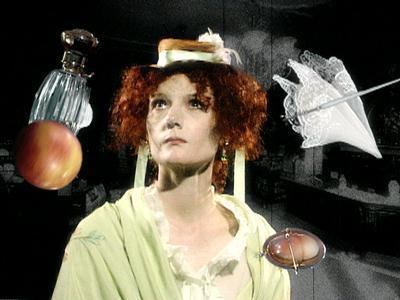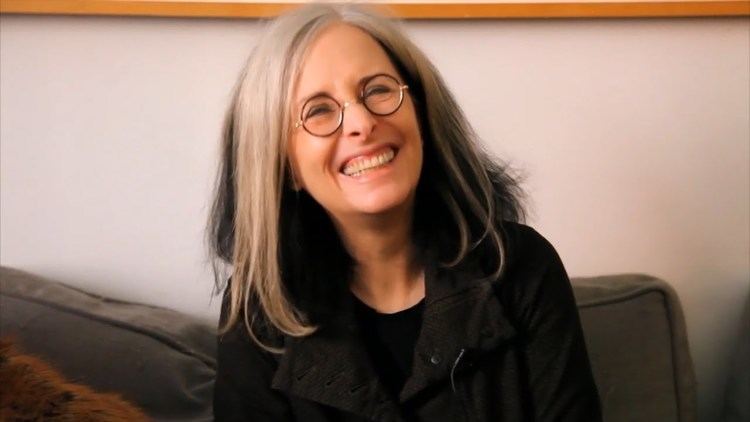Art meets geek in toni dove s studio
Toni dove spectropia
Career
Dove is considered one of the pioneers of interactive cinema and has shown work at ZKM, the Banff Centre for the Arts, the Brooklyn Anchorage, and the Whitney Museum of American Art. She has been affiliated with Creative Time and Harvestworks, and a DVD version of scenes from her pieces has been distributed by Cycling '74. She is the granddaughter of American abstract painter Arthur Dove.
Dove has been working with interactive narrative since 1990. Her work blends cinematic tropes typical of studio-age film noir with contemporary narrative trends in science fiction, cybernetics, and new media, often offering a feminist take on popular genres. Dove refers to her work as "cyber-theatre" because it relies on virtual performers (avatars) rather than human actors and because she gives her audience partial control over the performance through the use of interactive technologies. In these hybrids of film, installation art, and experimental theater, the participants interact with an unfolding narrative movie, often using minimally invasive interface technologies such as speech recognition and computer vision to control or 'perform' their on-screen avatars.

Dove's 1994 piece entitled Casual Workers, Hallucinations and Appropriate Ghosts has been interpreted as belonging to the larger domain of radio because of its "aural evocation of high-tech street erotics".

In 2001 Toni Dove received funding from the Daniel Langlois Foundation to produce Spectropia: A Ghost Story on the Infinite Deferral of Desire, the second part in a "trilogy of narrative, interactive installations begun in 1998". The first installment, Artificial Changelings, dealt with "the emergence of compulsive consumerism in the 19th century" through a plotline centered on a heist. For this piece, Dove used floor mats as the basis for viewer interaction with the piece: moving around shifted the visitor's point of view among three options (first, second, and third person). Gestures made by visitors further affected how the piece was experienced. In the second installment, Dove continued her inquiry "into the subconscious at work in the capitalist society of the early 20th century".
Notable works

